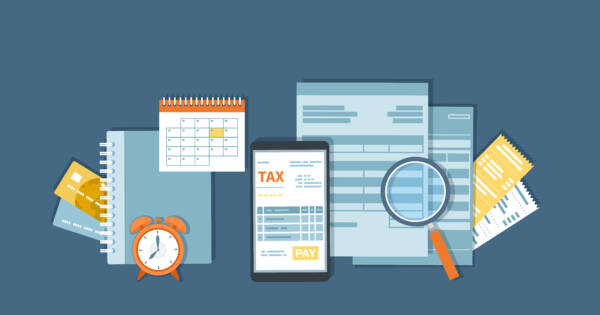The Internal Revenue Service (IRS) is finally recognizing the gig economy. And making your income taxes much easier to fill out and file.
The IRS has officially launched its first ever Gig Economy Tax Center. It’s an online portal that aims to help gig workers, freelancers, and independent contractors prepare and file their annual taxes. Specifically, the new portal brings some much-needed clarity around which forms you need to complete. There’s also a clear outline of which deadlines you need to adhere to. The portal also includes tax information for businesses that rely on gig workers.
“Whether renting out a spare bedroom or providing car rides, we want people to understand the rules so they can stay compliant with their taxes and avoid surprises down the line,” said IRS Commissioner Chuck Rettig when announcing the initiative.
The IRS offers the following definition of the gig economy.
“The gig economy—also called sharing economy or access economy—is activity where people earn income providing on-demand work, services or goods. Often it’s through a digital platform like an app or website.”
The IRS lists several examples of the type of work that they consider to be part of the so-called gig economy, including the following jobs.
- Driving vehicles for booked rides or deliveries.
- Completing tasks or errands.
- Selling things online.
- Renting out miscellaneous equipment.
- Renting out property or rooms.
- Providing other freelance, creative, professional or on-demand services.
All of the above examples, and others not mentioned, are subject to taxation if you earned more than $400 from the activities in 2019. Often times, popular gig companies do not automatically send paper tax documents to workers. Uber’s tax policy, for example, states they only 1099-K forms only if you earned more than $20,000 and completed at least 200 rides. If you don’t receive tax documents, you may wrongly think you don’t have to record your earnings. Don’t make that mistake.
Features
There are many useful features in the new IRS Gig Economy portal. Some of the highlights include forms for tracking income and expenses and tools to help estimate quarterly taxes. There’s also an online tool that enables you to make payments, links and explanations for the different types of income tax forms, instructions on subtracting expenses, and a list of filing options. The new portal also assists with issues such as withholding taxes, deducting business expenses, and filing taxes from a main W-2 job along with 1099 income.
Last tax season, freelancers, gig workers, and independent contractors saw their tax burden lessen due to the Tax Cuts and Jobs Act. Under the 2018 law, most independent contractors can deduct 20% of their income while remaining eligible for the $12,000 (single) or $24,000 (joint) standard deductions.
Learn more about the IRS’ new Gig Economy Tax Center by clicking here.
 Shutterstock
Shutterstock







